
A museum created by the civil society of Thessaloniki, has for years lived nomadically and has been housed since 1992 inside the Thessaloniki International Exhibition Center, every year living in its own way the pulse of the International Exhibition.
The people of the museum always felt the pulse of the city, especially during the period of the Thessaloniki International Fair (TIF).
The MOMus-Museum of Contemporary Art- Collections of the Macedonian Museum of Contemporary Art and the State Museum of Contemporary Art (former Macedonian Museum of Contemporary Art) is located in the “heart” of the Exhibition Center and at the center of an urban dialogue and possible conflict, which is also part of democracy and a living city,”as deputy director Syrago Tsiaras told the Athens Macedonian News Agency (AMNA).
On the one hand it is an organic part of the urban fabric and the TIF, on the other it has always maintained its own autonomy. Very often, during the TIF events, the museum closed its doors in a hurry because the atmosphere was tense due to gatherings and demonstrations, on the occasion of the presence of the respective political leaders at the Fai.
However, Syrago Tsiara “reads” the operation of the museum in a different way in this context, connecting the surrounding atmosphere with the “voices” of the artists inside the museum.
As he notes, “artists through their works” converse “with what is happening outside, with real life. “Art is not cut off, it is just another look at everyday life”, emphasizes Ms. Tsiara.
For many years, during the TIF period, admission to the museum was free. “It was our contribution to this great annual event of the city”, notes the long-time president and “soul” of the Museum Xanthippi Heupel, pointing out that the entire political leadership of the country, of all governments, has passed through the museum.
“TIF has been and remains the largest sponsor in the history of the museum,” said Ms. Heupel, who herself, decades after the idea of housing the museum inside the TIF, feels justified, explaining that when the history of the museum began , as a private entity, it would be difficult to find another place in the city, accessible for visitors of Thessaloniki to visit.
In this logic of the opening of the museum to society, the project “Public Art Projections ” is included with the screening of the project “Identity in Between ,” “Rhizhotomikon” by Maria Sideris outside the building of the MOMus-Museum of Contemporary Art during the 85th TIF from 20:30 to 23:00.
“What we need is a museum of contemporary art, which is open to society. I strongly believe in the connection of art with public space. Museums should not be closed spaces. They should be permeable,” emphasizes Ms. Tsiara.
The Museum’s story
After the great earthquake of Thessaloniki in 1978, a group of people, with Maro Lagia, Katerina Kamara and Xanthippi Heupel as the main component and the support of many people in the city, such as the former mayor Giannis Boutaris -the first benefactor of the center after Alexandros Iolas decided that in order for the city to gain momentum, it would have to rely on contemporary art.
“This was a shocking vision of these people who decided to give the city and the country a first collection,” Ms. Tsiara said.
Since 1979, when the first proposal was made by Maro Lagia to Iolas – and who immediately reacted warmly – the history of this museum of contemporary art has been like an “Odyssey” for many years, as Ms Heupel characteristically states in the book “28+” .
For years, the museum operated nomadically. The proposal for its housing at the TIF premises, specifically at the PPC stand, was made in 1988 by Xanthippi Heupel. In 1991, she herself went to Athens to negotiate the matter with the PPC administration. For a long time, TIF and a museum “lived together”, as the premises were given to the museum on loan. From October to June, the museum was open and the remaining months PPC came in to prepare its presence for the Thessaloniki International Fair. The pavilion was inaugurated in 1992 by the then Minister of Culture Melina Mercouri. With funding from the European Capital of Culture in 1997, a second building was erected, next to the PPC stand, on a space provided by the TIF to the Museum and the third extension was completed in 2002.
One realizes by walking inside, that it is a museum that was built gradually. Made partially in time in different stages and a product of a collective process, by people, either artists or collectors, who donated their works,” notes Ms. Tsiara. In 2018, the character of the museum changed formally, but not substantially, when with the merger of the State Museum of Contemporary Art and its special sections -the Center of Contemporary Art of Thessaloniki and the Museum of Photography of Thessaloniki- with the Macedonian Museum of Contemporary Art, MOMUS was created. the Metropolitan Organization of Fine Arts Museums of Thessaloniki.
The Museum’s future
The planned renovation of the Thessaloniki International Exhibition Center, with a time horizon of completion in 2026, will continue to keep the space and the museum, with Ms. Heupel expressing her satisfaction that “there will be a museum of contemporary art and it can be enjoyed by the people of Thessaloniki “, Ms. Tsiara said referring to its development prospects. She estimates that this building has offered a lot to the city, “but has completed its cycle” and that perhaps through a public consultation with the citizens of Thessaloniki “to see the future of the Organization on a new basis and in terms of building facilities and infrastructure for in the 21st century.”
The deputy director of the Museum estimates that this building no longer meets the needs of a multifunctional museum that should have more space for education, maintenance workshops, storage space and more space for permanent collections and periodic exhibitions.
“I dream of a place of permanent collections that show with relative competence the evolution of contemporary Greek and international art in the last 30-40 years. Museums are no longer just their collections and exhibitions, they are their actions, their contact with the world. I think we need to move on to the next step and envision the museum of the future. ”
“It is not easy to constantly invent yourself with the same tools. New tools and other funding are needed. “With the funding we have, we can not go very far,” said Ms. Tsiara.
She also referred to the difficulty of turning this building “green”, stressing that we can no longer ignore the climate crisis and ecological planning in public buildings.
We need to think with the tools of the present and the future, what we call sustainable development in the field of museums.
Where could this “green” and versatile museum be created?
“The core of this area is very important, in relation to the neighborhood created by the Archaeological Museum and the Museum of Byzantine Culture, as well as the wider area towards the beach. “Why shouldn’t Thessaloniki dream of a museum of contemporary art, which might have a piece of our most important collection, the Kostakis Collection, facing the sea?” Ms. Tsiara asks.
Latest News
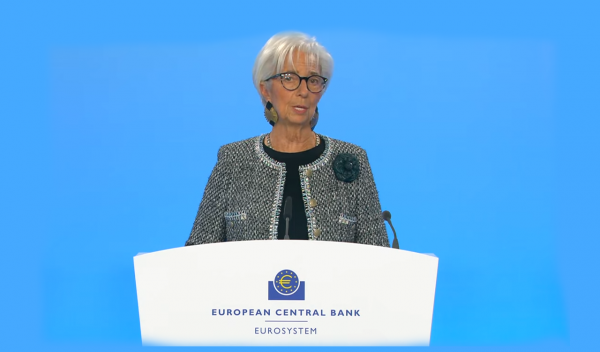
European Central Bank Cuts Interest Rates by 25 Basis Points
It is the fourth cut of interest rates by Europe’s central bank, a move expected by the markets and financial analysts leading to the rate settling at 3%.

Airbnb: New Measures Add €600 in Extra Costs for Property Owners
Property managers face an immediate administrative fine of 5,000 euros if access to the inspected property is denied or any of the specified requirements are not met.

Economist: Greece Included in the Best Performing Economies in 2024
Meanwhile, Northern European countries disappoint, with sluggish performances from the United Kingdom and Germany.

EasyJet Expands Its Routes from Athens
The airline’s two new routes will be to London Luton and Alicante and they will commence in summer 2025.

Capital Link Forum Highlights Greece’s Economic Resurgence; Honors BoG Gov Stournaras
Capital Link Hellenic Leadership Award recipient, Bank of Greece Gov. Yannis Stournaras, an ex-FinMin, was lauded for his pivotal role during Greece’s economic recovery

Tourist Spending in Greece Up by 14%, Visa Card Analysis Shows
Greece’s capital Athens emerged as the most popular destination, recording a 17% increase in transactions with Visa cards, surpassing even the cosmopolitan island of Mykonos.

Inflation in Greece Unchanged at 2.4% in Nov. 2024
The general consumer price index (CPI) posted a 0.4% decrease in November compared to the previous month

2024 Christmas Holidays: Extended Shop Hours Schedule
The 2024 Christmas Holidays extended shop hours schedule commences on Thursday, December 12 and runs until the end of the year.
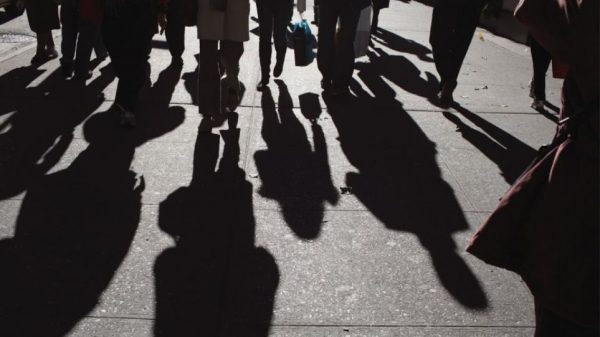
ELSTAT: Seasonally Adjusted Unemployment Down in October
The number of employed individuals reached 4,284,694, an increase of 67,723 compared to October 2023 (+1.6%) and 22,002 compared to September 2024 (+0.5%).
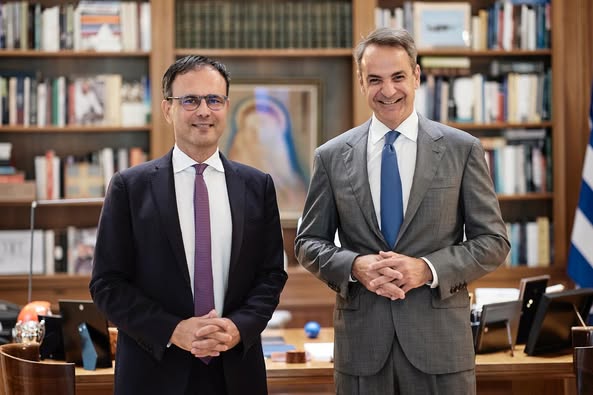
Greek PM’s Chief Economic Adviser Resigns
In the post on his Facebook page, Patelis did not disclose the reasons that led him to step down.













![Fraport: Πάνω από 35 εκατ. επιβάτες στα αεροδρόμια το 11μηνο – Πτώση στη Μύκονο [πίνακας]](https://www.ot.gr/wp-content/uploads/2022/06/fraport-90x90.jpg)












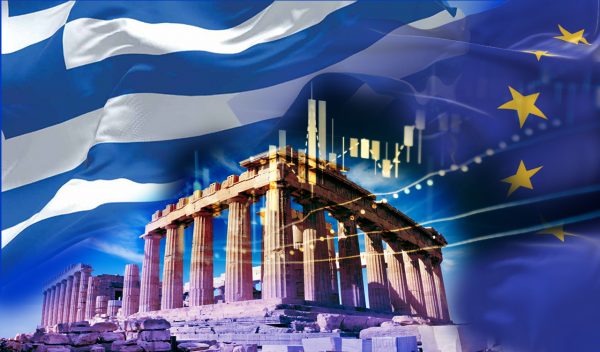
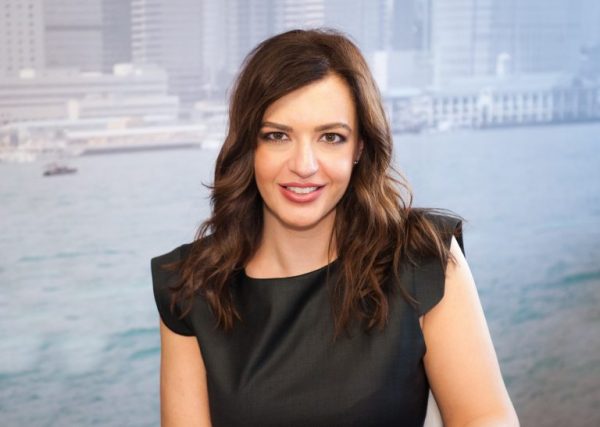




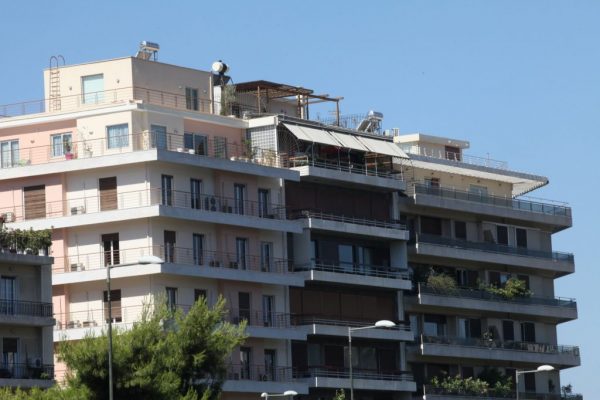





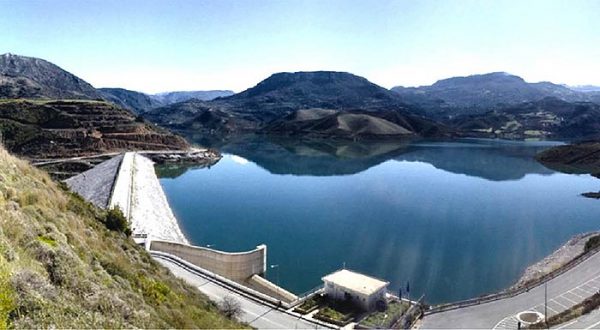
![Fraport: Πάνω από 35 εκατ. επιβάτες στα αεροδρόμια το 11μηνο – Πτώση στη Μύκονο [πίνακας]](https://www.ot.gr/wp-content/uploads/2022/06/fraport-600x375.jpg)

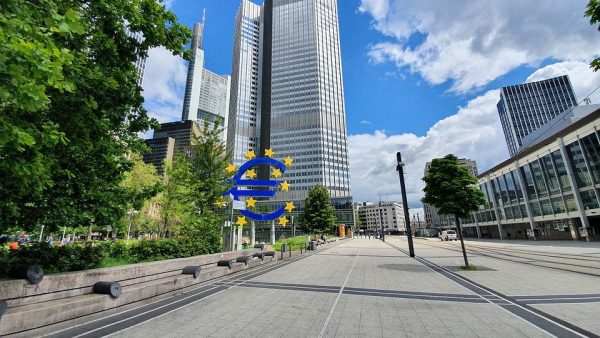
 Αριθμός Πιστοποίησης Μ.Η.Τ.232433
Αριθμός Πιστοποίησης Μ.Η.Τ.232433